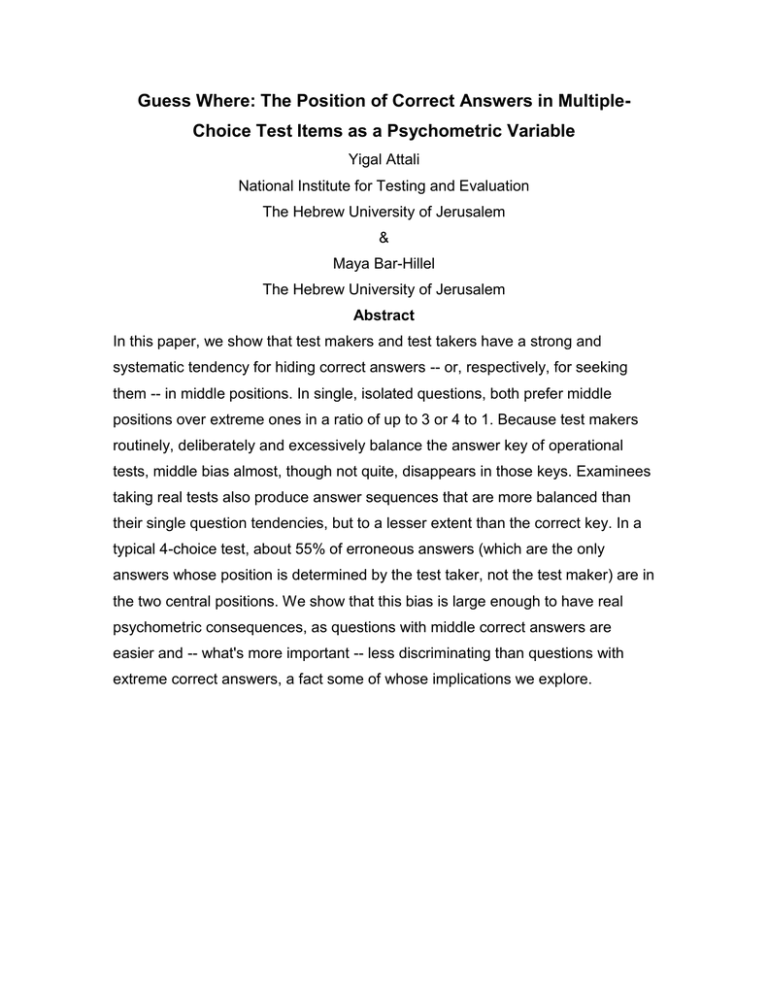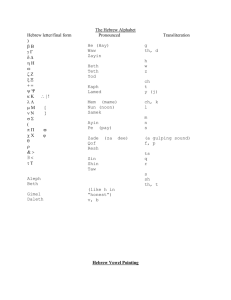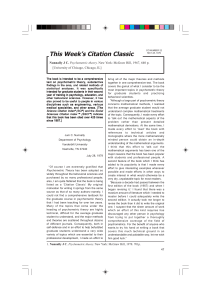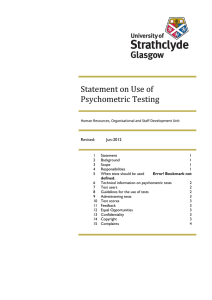Guess Where: The Position of Correct Answers in Multiple
advertisement

Guess Where: The Position of Correct Answers in MultipleChoice Test Items as a Psychometric Variable Yigal Attali National Institute for Testing and Evaluation The Hebrew University of Jerusalem & Maya Bar-Hillel The Hebrew University of Jerusalem Abstract In this paper, we show that test makers and test takers have a strong and systematic tendency for hiding correct answers -- or, respectively, for seeking them -- in middle positions. In single, isolated questions, both prefer middle positions over extreme ones in a ratio of up to 3 or 4 to 1. Because test makers routinely, deliberately and excessively balance the answer key of operational tests, middle bias almost, though not quite, disappears in those keys. Examinees taking real tests also produce answer sequences that are more balanced than their single question tendencies, but to a lesser extent than the correct key. In a typical 4-choice test, about 55% of erroneous answers (which are the only answers whose position is determined by the test taker, not the test maker) are in the two central positions. We show that this bias is large enough to have real psychometric consequences, as questions with middle correct answers are easier and -- what's more important -- less discriminating than questions with extreme correct answers, a fact some of whose implications we explore.











